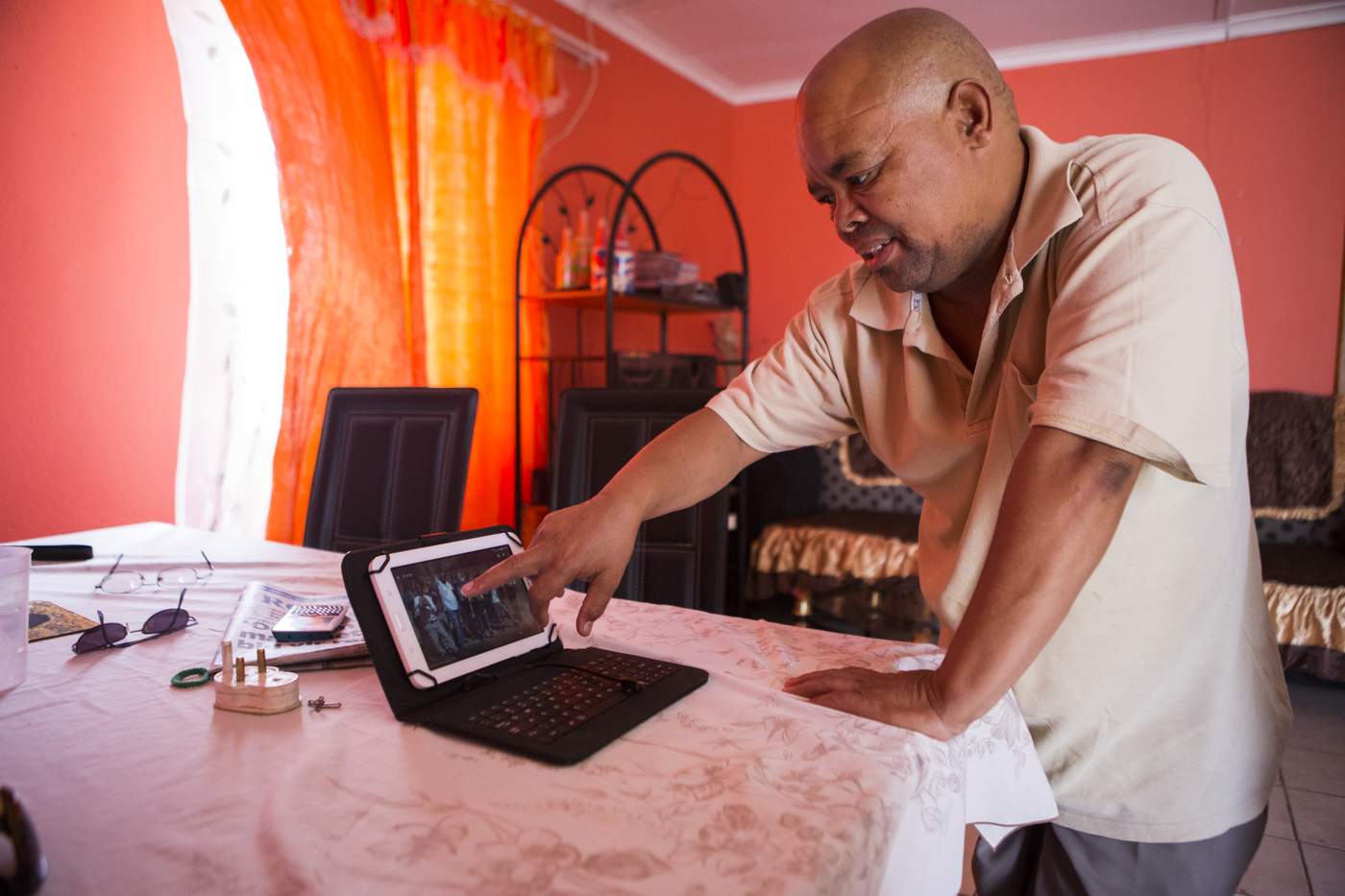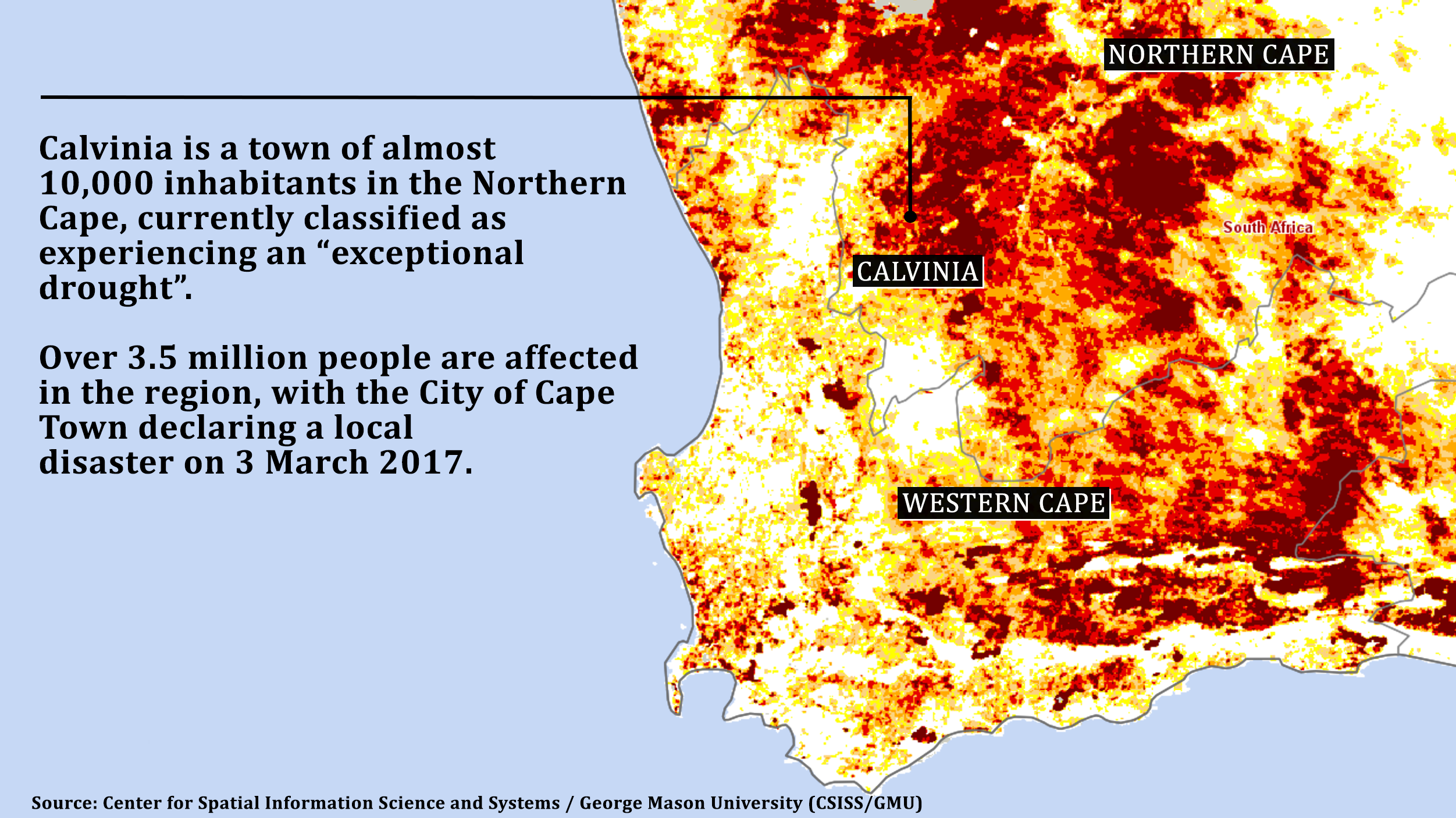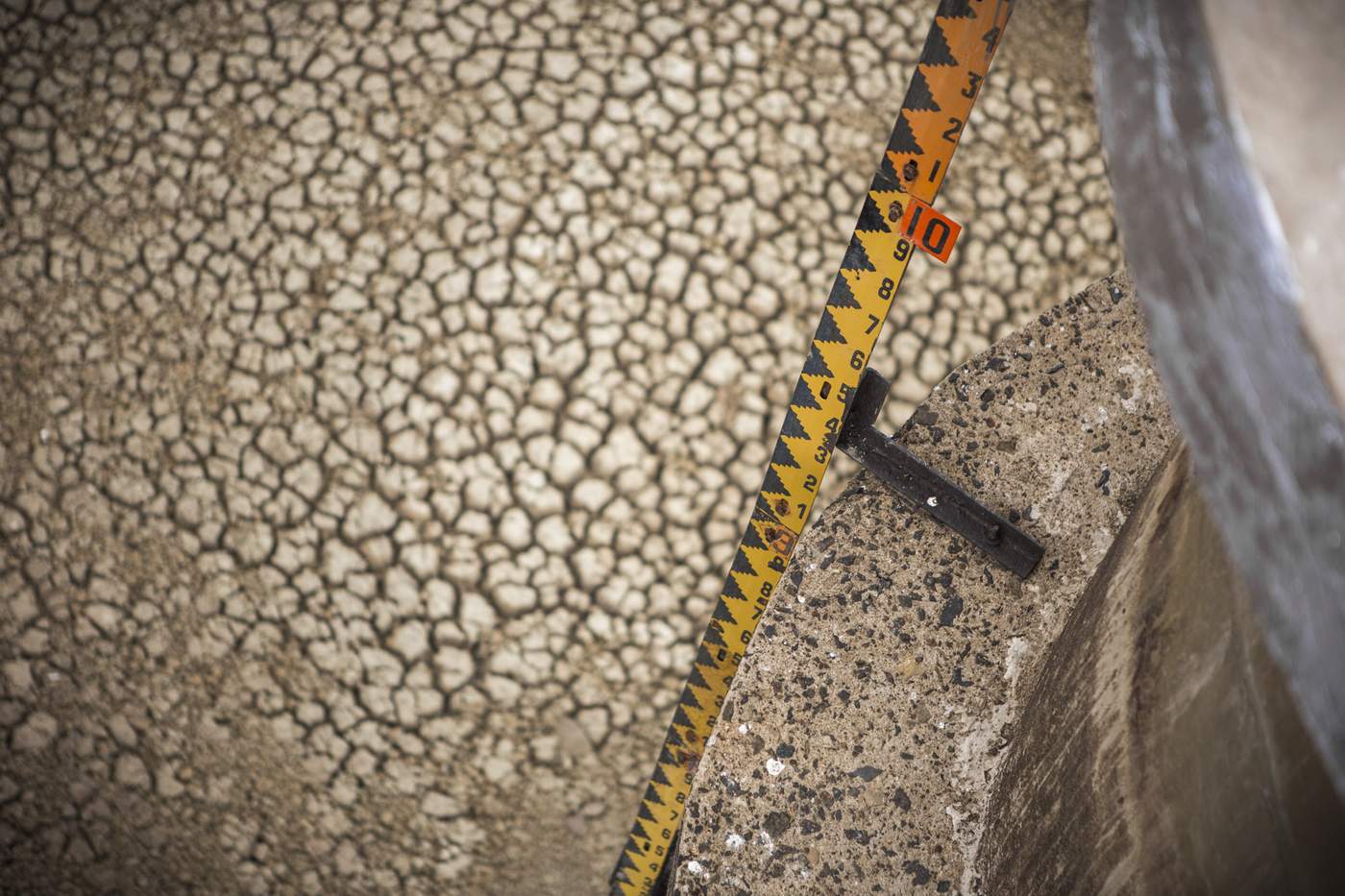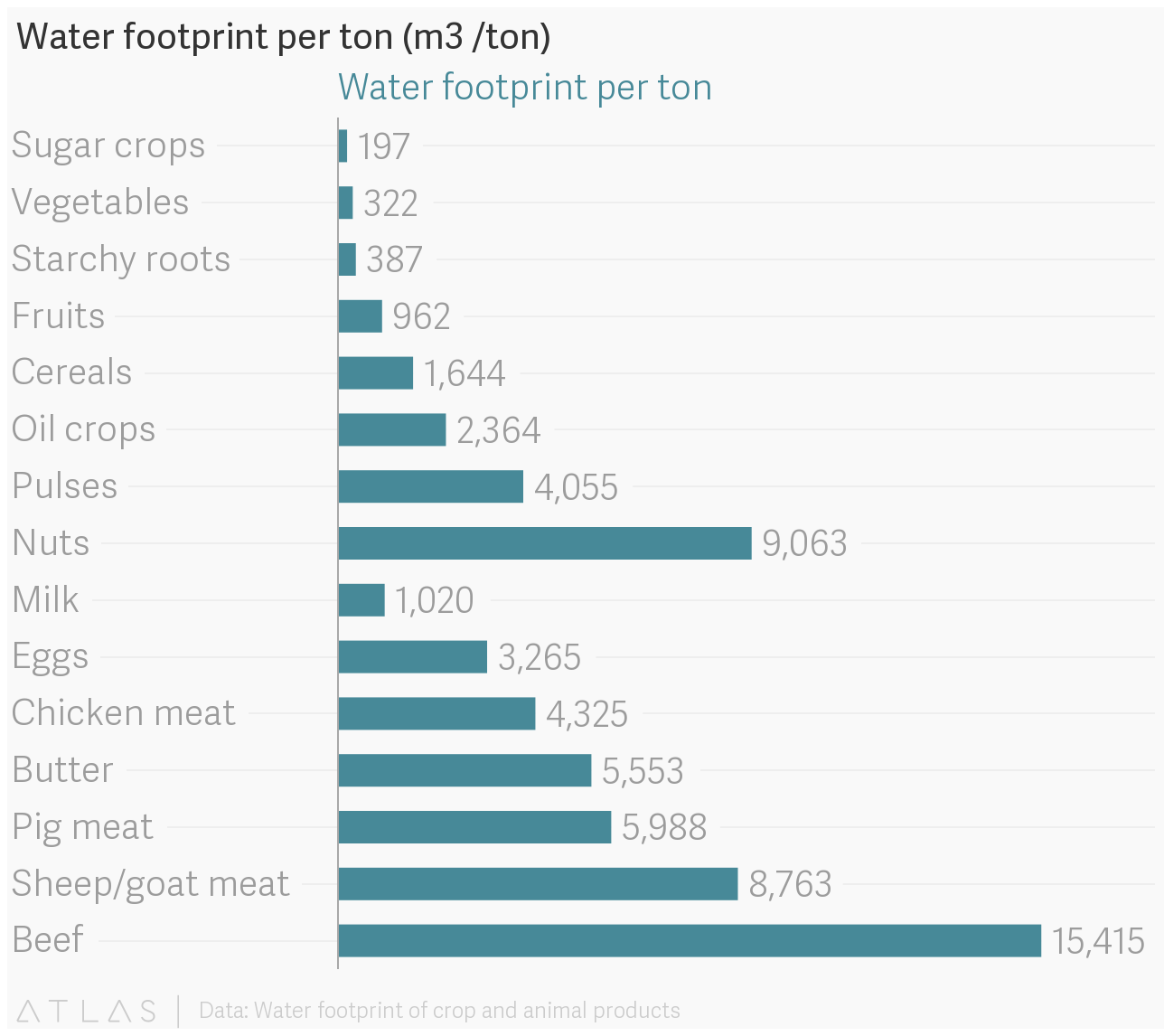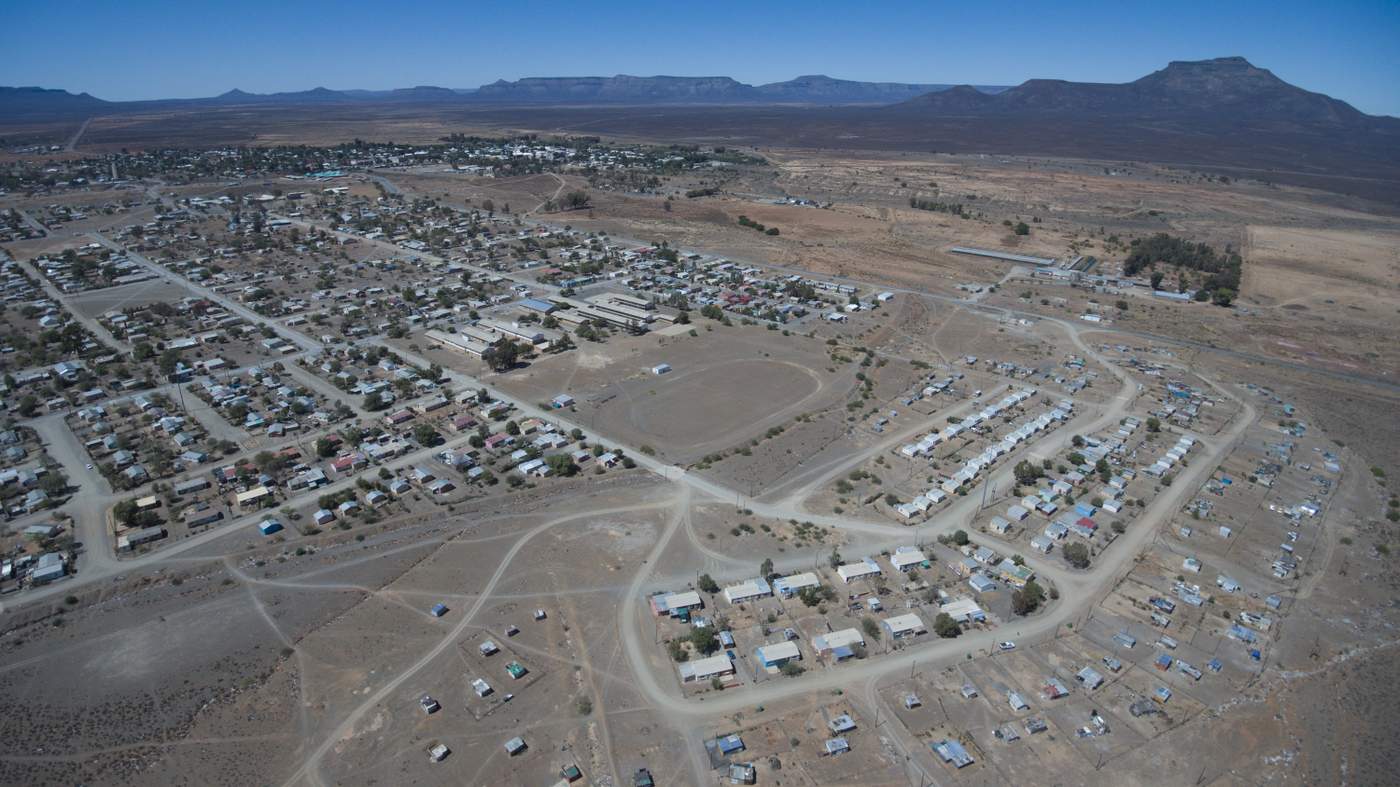National government
The municipality has repeatedly appealed to the national Department of Water and Sanitation for interventions at Calvinia and Loeriesfontein, but no definite plans are on the table. The department also did not respond to ClimaTracker’s questions about the water crisis in Calvinia and plans to solve it.
Some 90,000 litres of water has to be trucked to Loeriesfontein from Nieuwoudtville, 70km away, to supply the local reservoir and taps are opened for for five hours a day at most. This costs the town R400,000 a month.
Henk van Wyk, a local farmer and chairperson of Agri Northern Cape, a non-profit organisation that is helping to develop a stable agricultural environment in the Northern Cape, told Rapport newspaper in February that the national government has forsaken the farmers.
“Farmers have run out of cash because of the drought and the water table is shrinking fast,” he said.
Van Wyk said back in 2003 he had proposed that water be piped to the area from the Doring river 60km away, but the water department deemed it too expensive.
Another solution would be to connect to the Kenhardt-Keimoes pipeline on the Clanwilliam Dam 200km away. The Clanwilliam Dam has already reached its lowest level in recent years, though there are plans to raise the dam wall to increase the capacity of the dam as a response to climate change.


